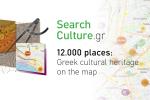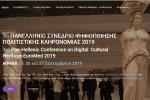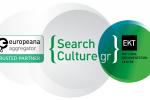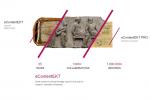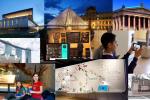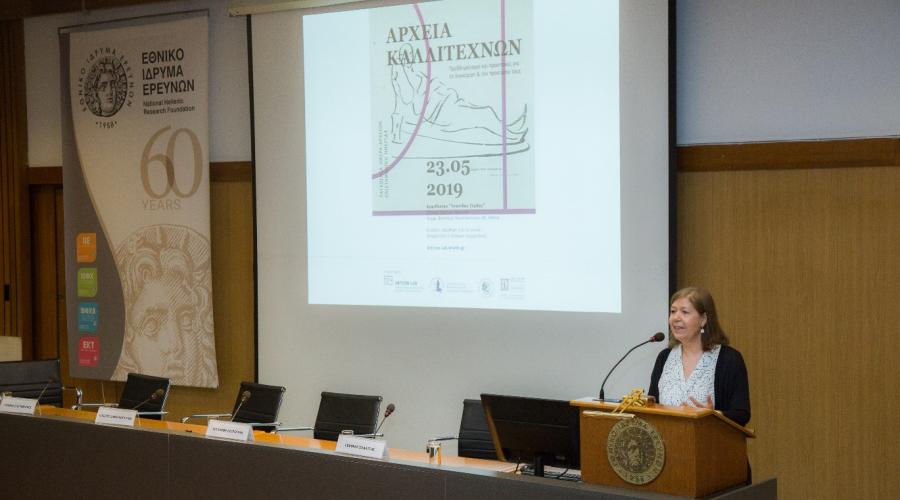
At the event ‘Artists’ Archives-Reflections and Perspectives’ a fruitful discussion about the challenges artists and cultural content institutions face in preserving art archives. The event was organized by the Laboratory of Advanced Research Technologies for Investigation & Conservation, the School of Applied Arts and Culture, and the Department of Archives, Libraries & Information Systems, University of West Attica in association with the Athens School of Fine Arts and the National Documentation Centre (EKT) on 23 May 2019 at the National Hellenic Research Foundation.
Artists' archives constitute not only a special and important category of archival material contributing to the interpretation of art and helping the understanding of the artistic process in general, but also reveal the artist’s personality. During the event, a wide range of renowned scientists from the fields of culture and art exchanged views on the possibilities offered by new digital technologies, the difficulties faced by institutions and artists and agreed that networking and collaboration are essential for the diffusion of artistic creation.
The National Documentation Centre, as a digital cultural content processing and dissemination centre, actively contributes to a public debate about the links between education, research and institutions that collect, protect, maintain and distribute cultural content, with the aim of promoting the work of artists with respect for the artists themselves and ensuring ethical use of the material while observing copyright.
In her greeting, the Director of the National Documentation Centre, Dr Evi Sachini said: ‘We must be more organised in how we approach the issue and propose solutions. We live in a world where digital content is predominant; the technologies exist, so the issue is how we use them to meet existing needs and how effective we can be in foreseeing future needs which may arise. Our mission is the dissemination of knowledge generated in Greece and beyond. As part of this mission, we have considered how to give public services to people who have personal archives. Why is this necessary? Well, sometimes archives are not aggregated by organizations that will later decide on a disposal policy.
On other occasions, archives are organised by the artists themselves or their families, who then take decisions on how to manage them. The National Documentation Centre is here to make this easier. We have designed public services and infrastructures that facilitate the dissemination of these collections in an organised manner in an attempt to preserve and showcase them.
For us there are two key issues: how to enrich the public space with new content, with new documentation to strengthen academic and research activity in education and art, and how to use new interpretational approaches. No project ‘stands alone’, it exists within a context of the times, in connection with other artists. The second, equally important, issue is dialogue with the scientific community, because we believe that artists are a part of this wider community.’
Concluding her greeting, she pointed out that: ‘EKT is a large national infrastructure that ensures the aggregation of valuable content for its best possible dissemination, but it is also an institution which employs different methods to create the conditions for anyone who has an archive–under certain conditions of course- to make use of our infrastructure. We are here to work with you, to engage in dialogue, to listen to your concerns.’
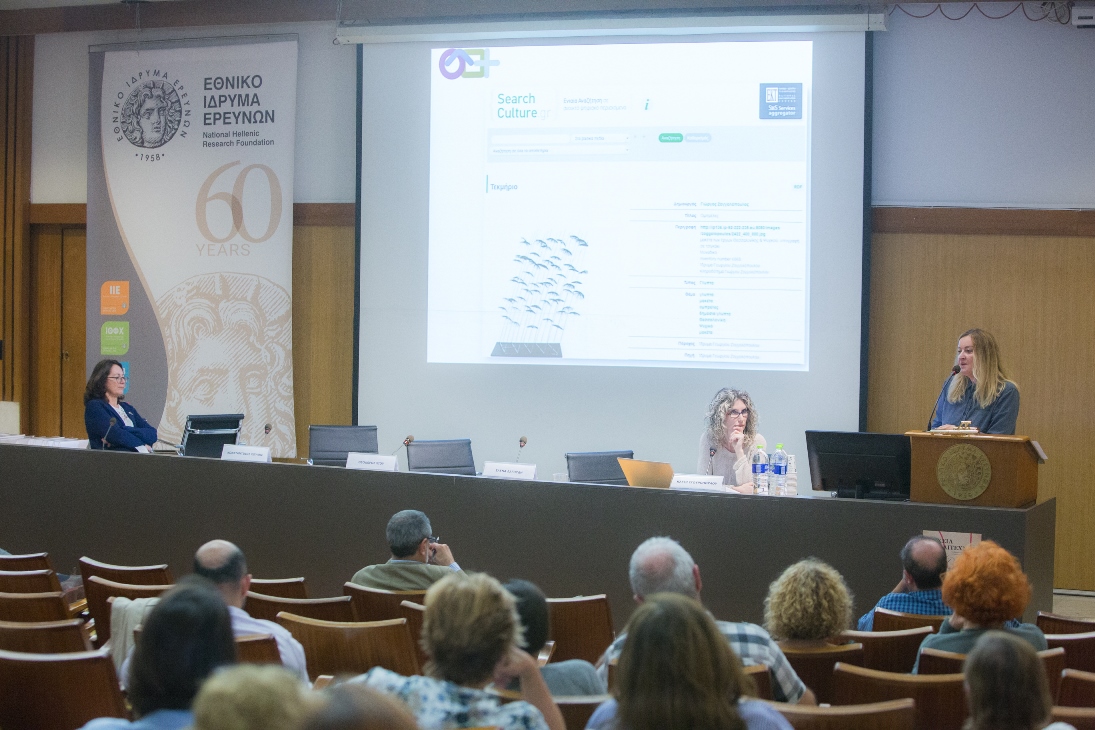
Elena Lagoudi Museologist, National Documentation Centre, in her presentation ‘Digital artists’ archives as a source of inspiration & knowledge: EKT’s contribution to the documentation of artistic creation & the development of a public space for art,’ presented the services developed by EKT for the organisation and documentation of an artist’s work and the promotion of artists by pointing out the need to preserve the digital project.
‘When an artwork has a representation, it is more findable and can be studied more easily. When digitized, data can travel far. And metadata are nothing more than information, in this case describing an artistic creation. This information answers questions about the artwork such as who made it, when it was created, what the subject is, what size it is, what materials were used. And if we look at it differently, metadata is nothing but a ‘love note’ to the future, a tool for the historiography of the future. When we collect documentation for each work of an artist, we have essentially a digital catalogue raisonne.’
Elena Lagoudi also referred to two major digital content infrastructures of EKT: EKT repositories and SearchCulture.gr and to EKT’s collaboration with the European digital cultural portal, Europeana, which it feeds with content as a national aggregator, noting that through the content of aggregators, the user is able to view other similar items and have a more complete picture of the object under study.
Among the repositories developed by EKT, digital collections worth mentioning include: National Gallery - Alexandros Soutsos Museum, George Zongolopoulos Foundation, Michael Cacoyannis Foundation, Music Library of Greece Lilian Voudouri, Thessaloniki International Film Festival, the poet Sotiris Kakisis and Teloglion Fine Arts Foundation.
The controversial issue of the copyright concerns and ‘fears’ of artists, was also raised, with reference being made to Creative Commons licences and standardised copyright licences.
The conference ended with the promise and the hope, expressed by Athena-Georgia Alexopoulou Professor at the Department of Conservation of Antiquities and Works of Art, University of West Attica, that ‘the dialogue about artists archives that began with this conference will continue and go at least one step further than this room.’









